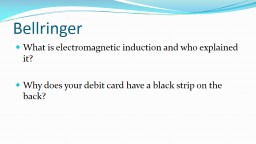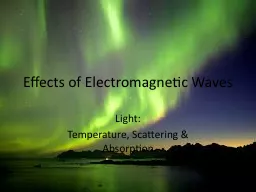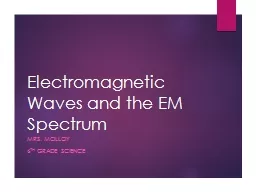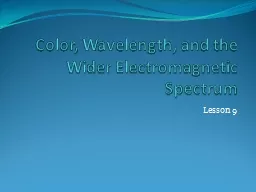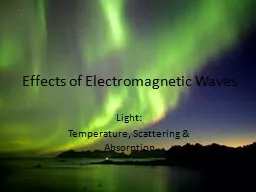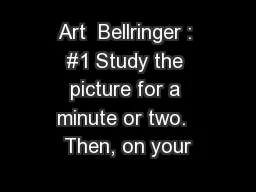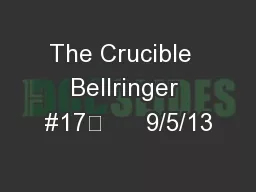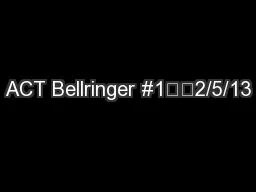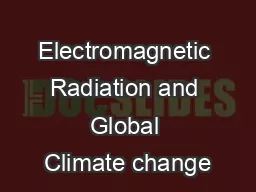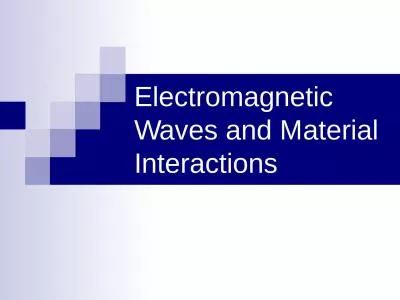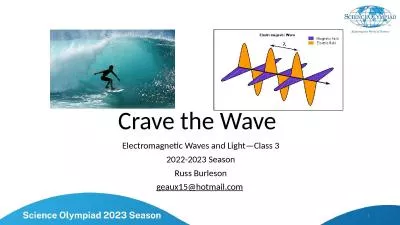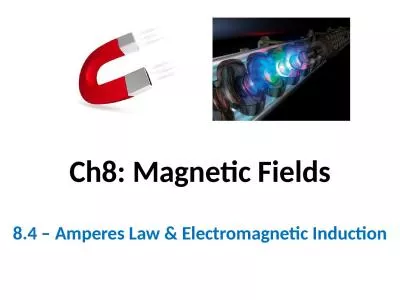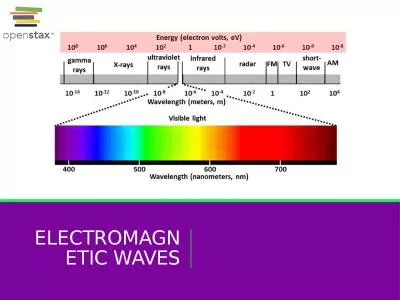PPT-Bellringer What is electromagnetic induction and who explained it
Author : edolie | Published Date : 2023-10-27
Why does your debit card have a black strip on the back SLC today EampM Quiz 10 questions 3 MC 6 written 1 drawing Scientists Electromagnetic Induction Electromotive
Presentation Embed Code
Download Presentation
Download Presentation The PPT/PDF document "Bellringer What is electromagnetic induc..." is the property of its rightful owner. Permission is granted to download and print the materials on this website for personal, non-commercial use only, and to display it on your personal computer provided you do not modify the materials and that you retain all copyright notices contained in the materials. By downloading content from our website, you accept the terms of this agreement.
Bellringer What is electromagnetic induction and who explained it: Transcript
Download Rules Of Document
"Bellringer What is electromagnetic induction and who explained it"The content belongs to its owner. You may download and print it for personal use, without modification, and keep all copyright notices. By downloading, you agree to these terms.
Related Documents

